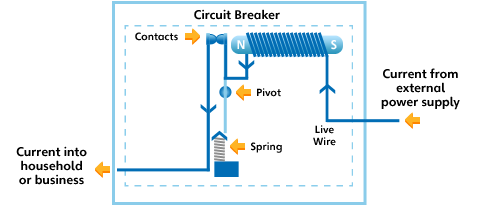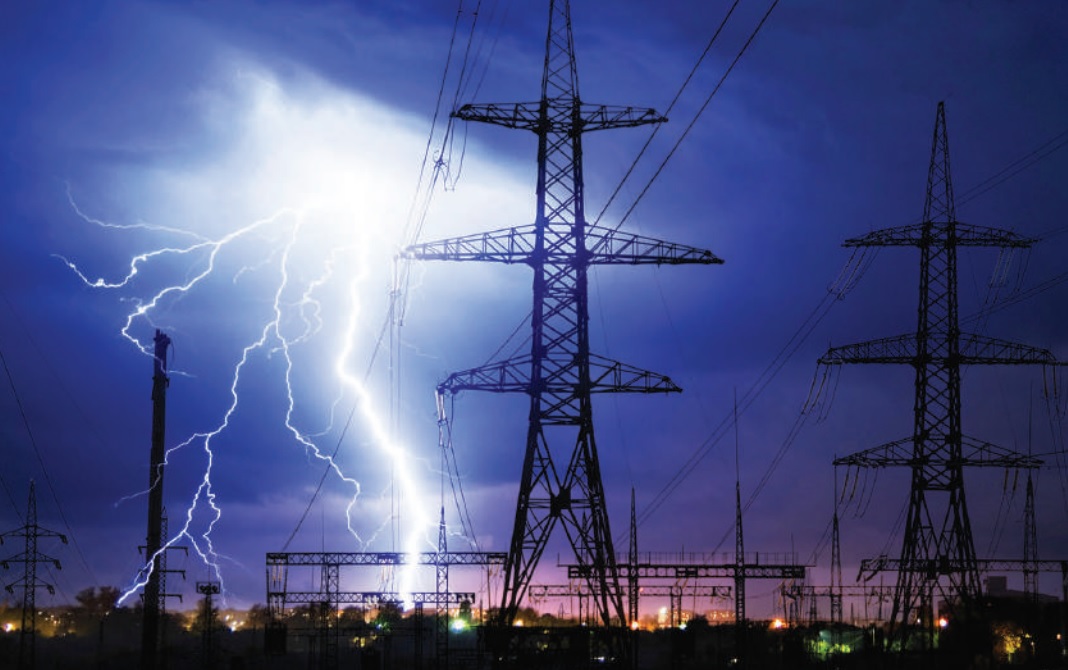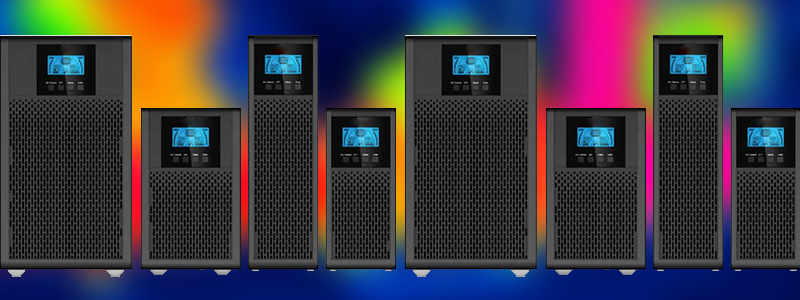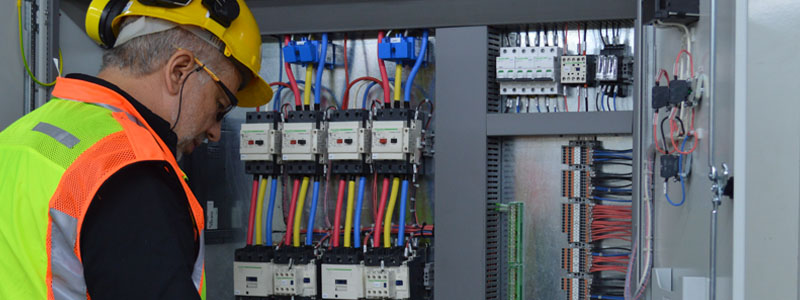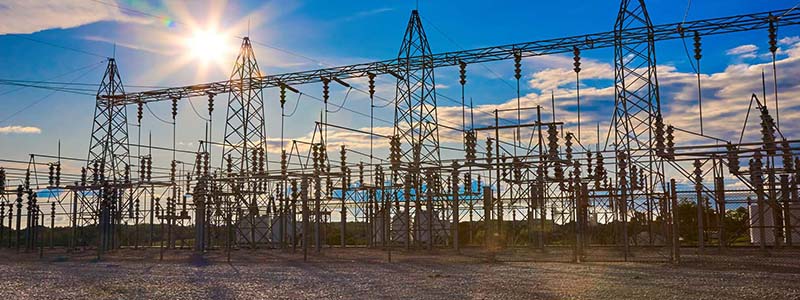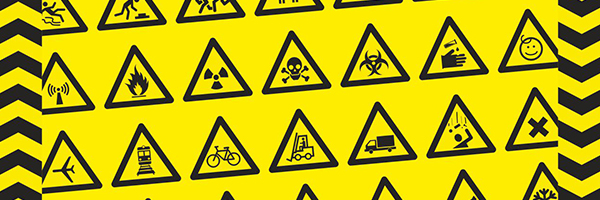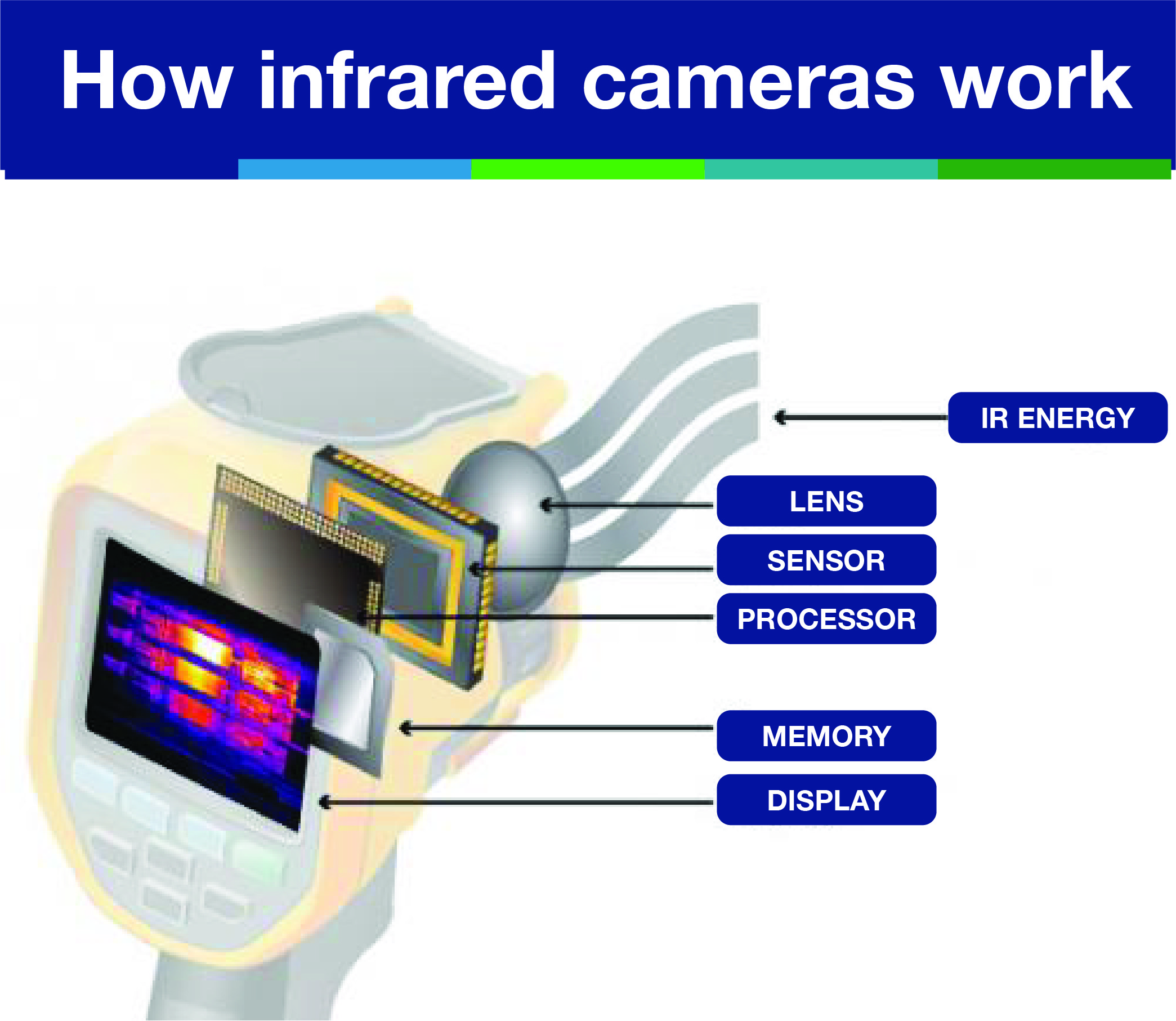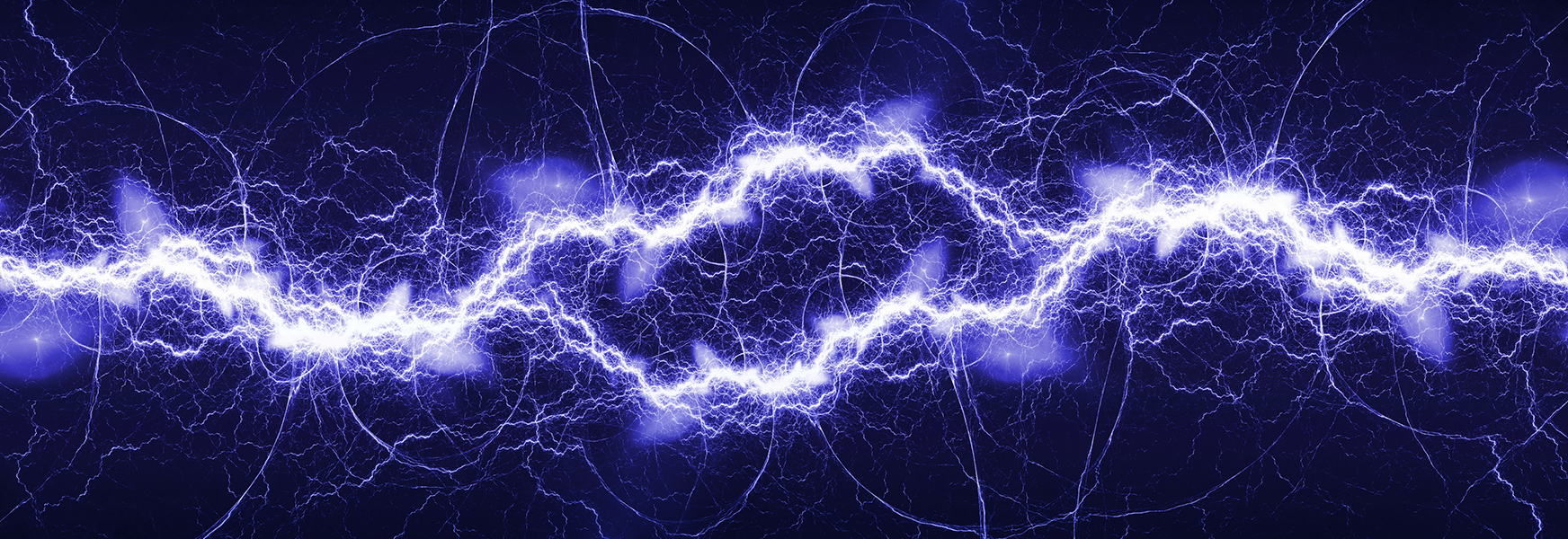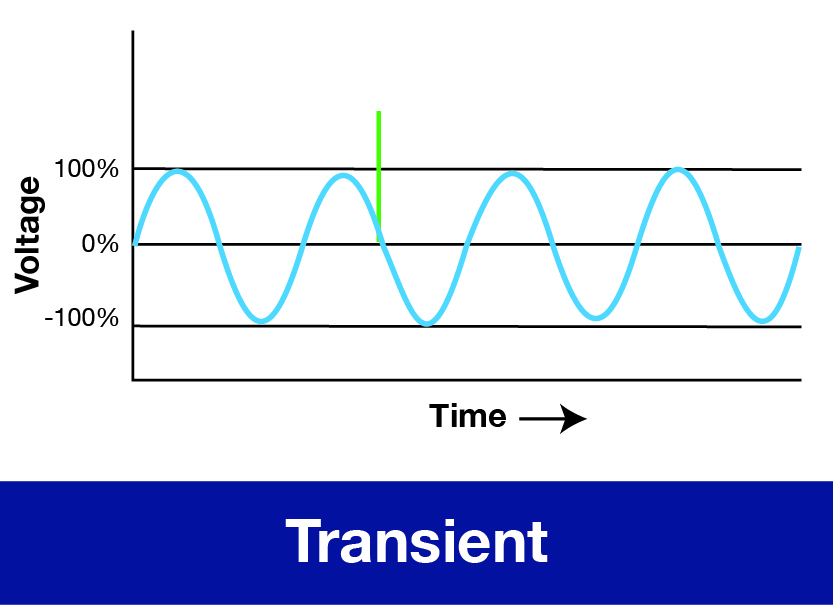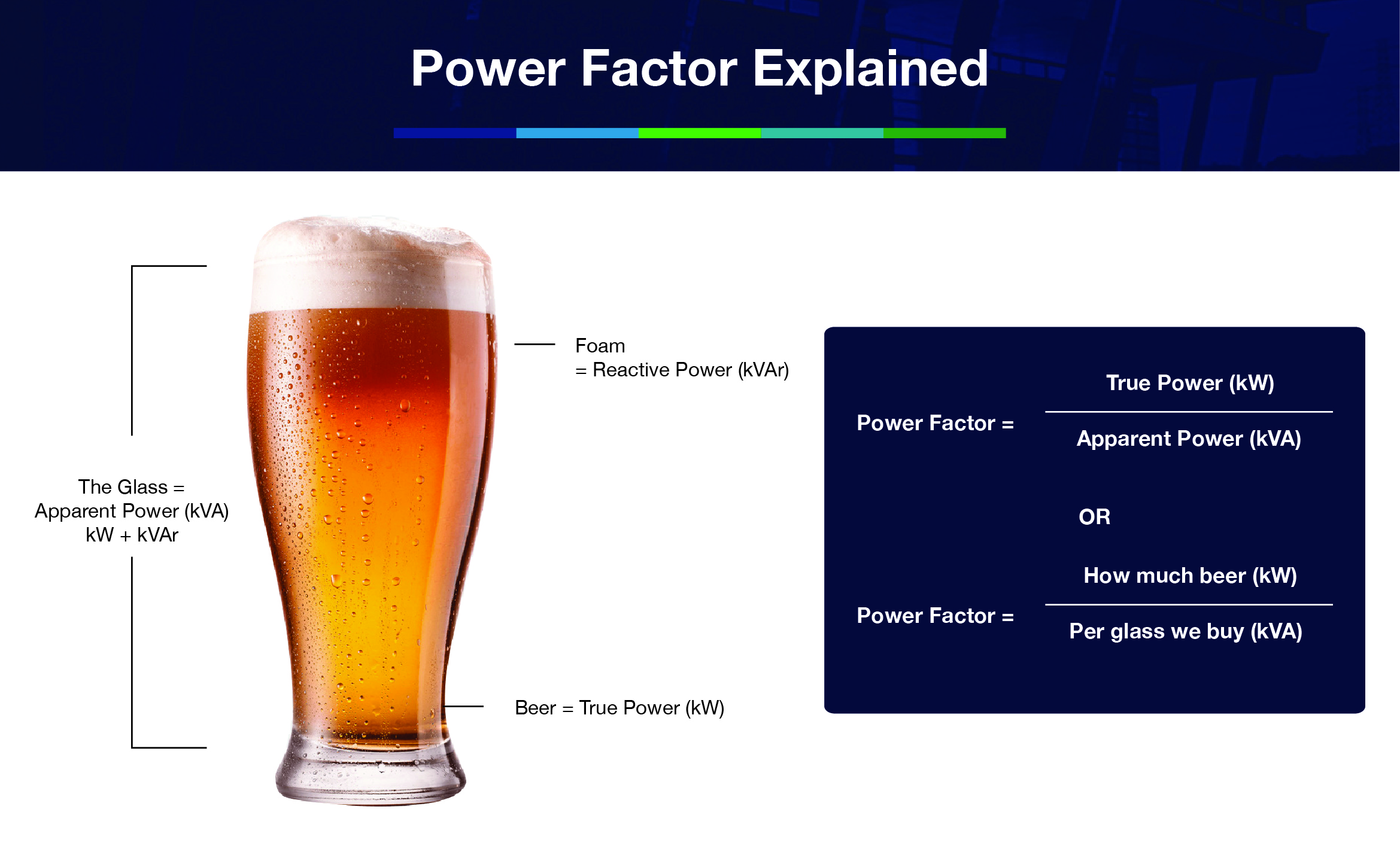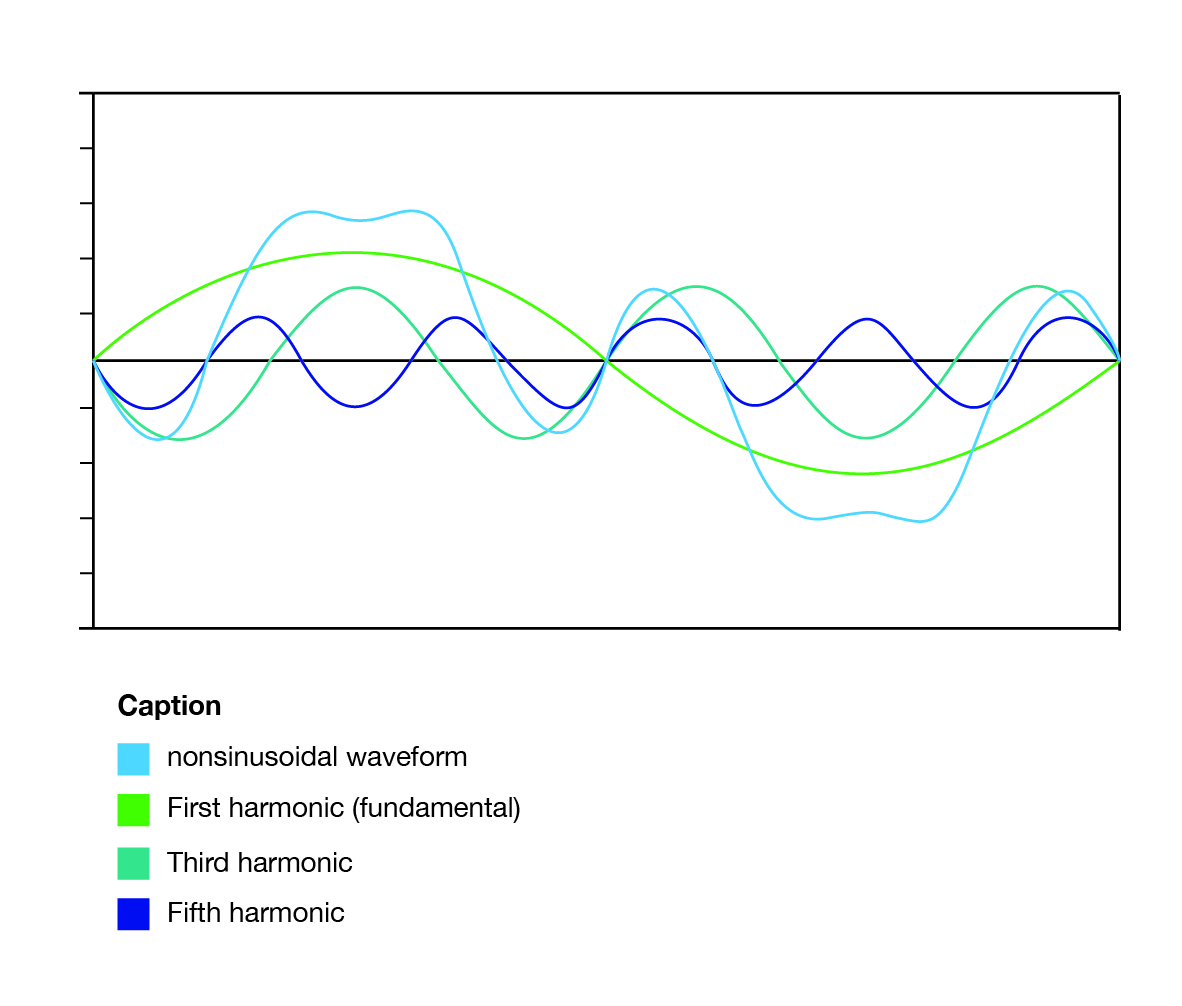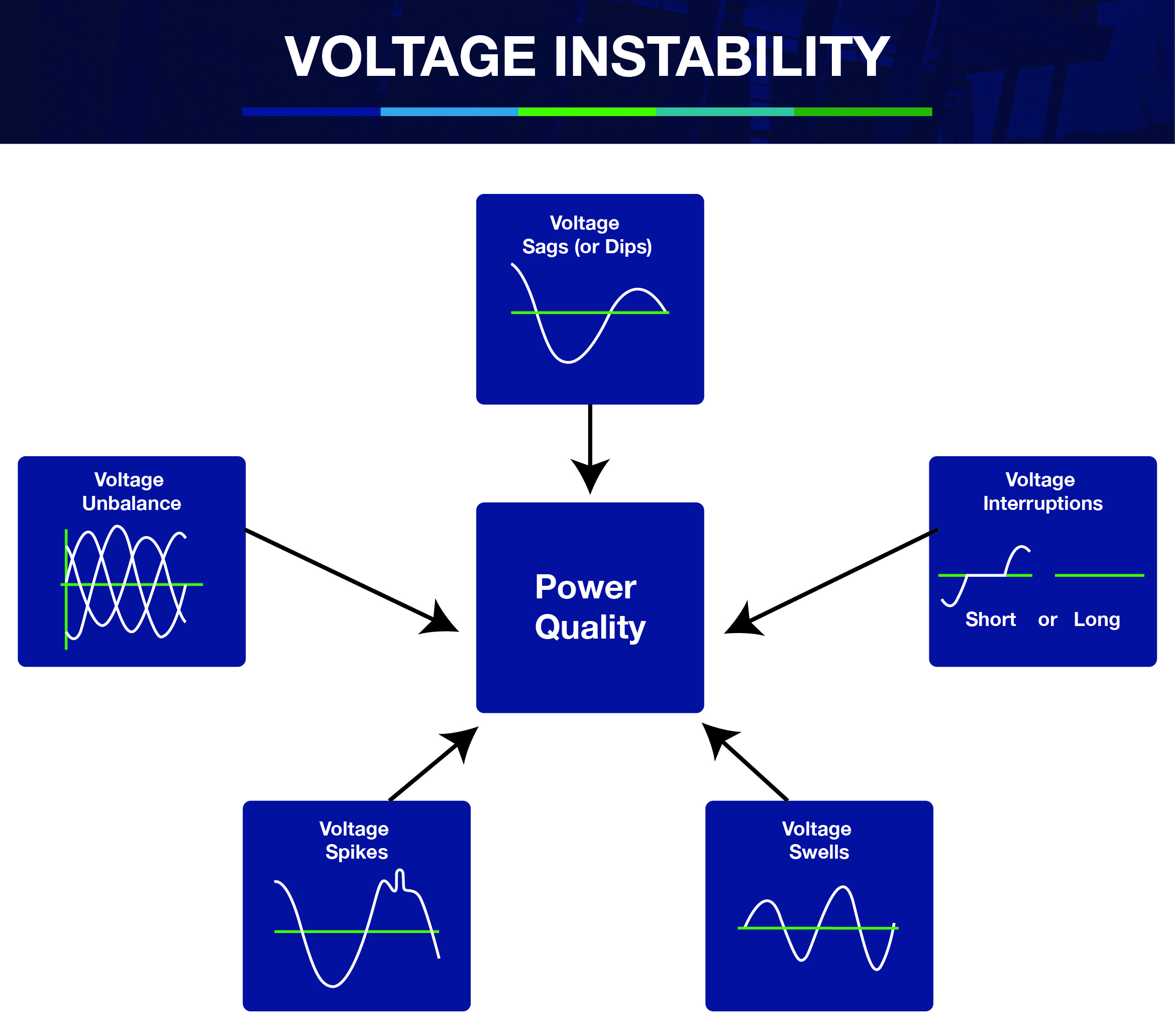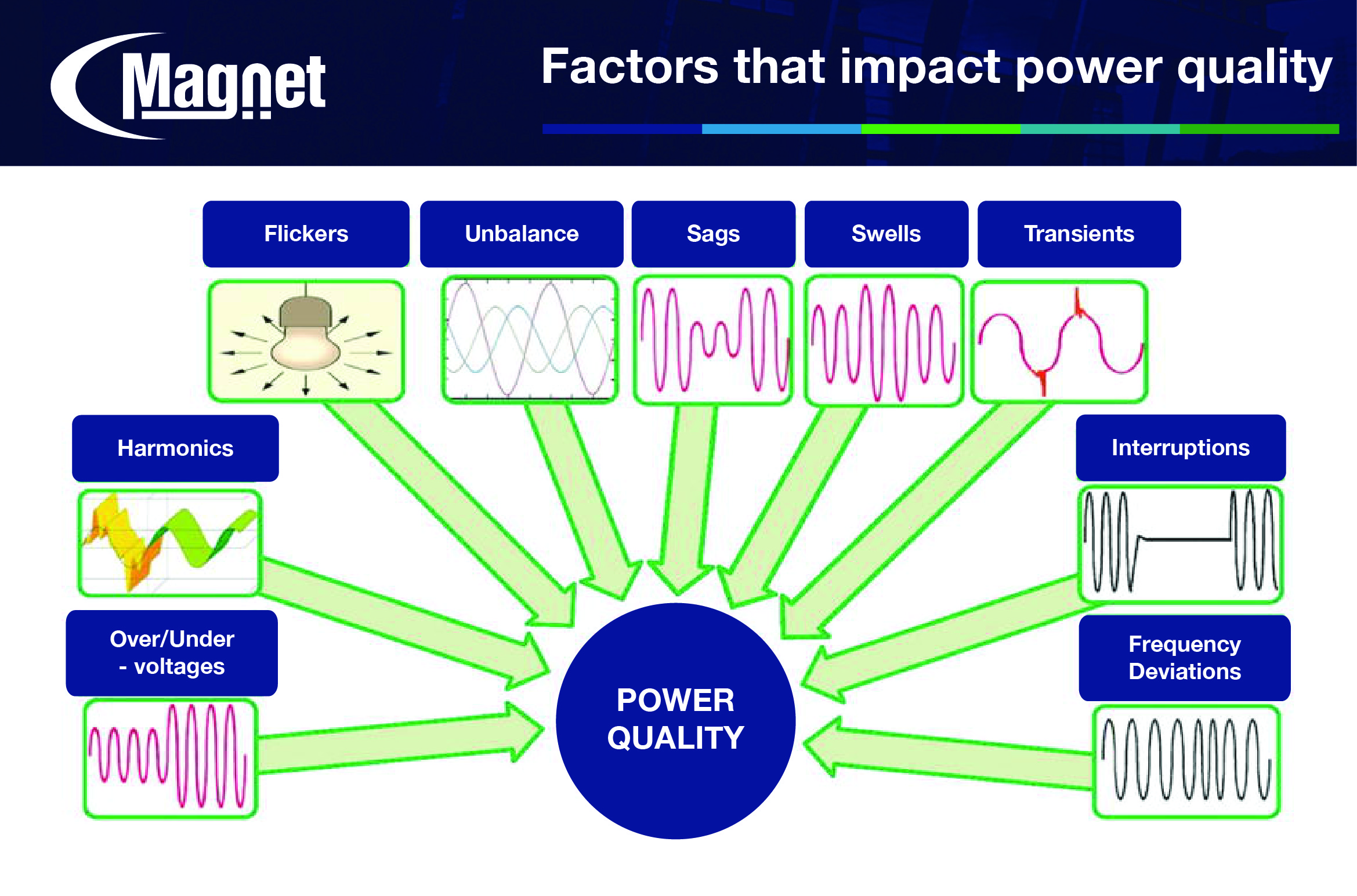NEW SERIES - The Fundamentals of Circuit Breakers (part 2)
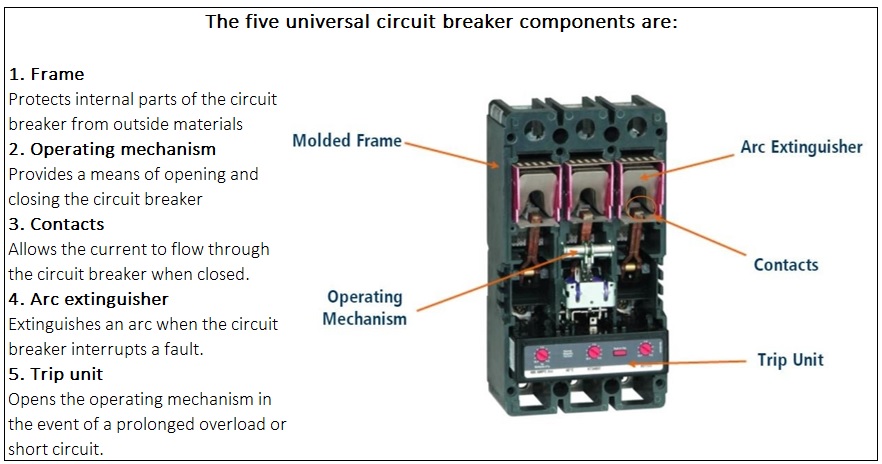
In this NEW series, we will be taking you through the ins and outs of circuit breaker technology.
Part one of the series shares a basic understanding of what circuit breakers are, how they work and how they compare to fuses.
In Part two below, we get into the detail of circuit breaker components.
Watch this space to catch the full series!
What does a circuit breaker comprise of?
Although low and medium voltage circuit breakers have unique designs that are speci...


